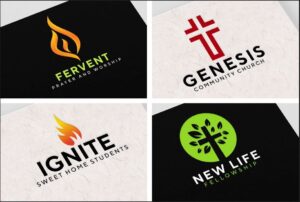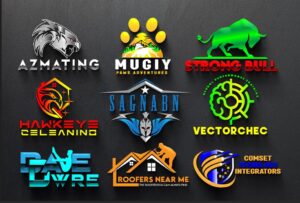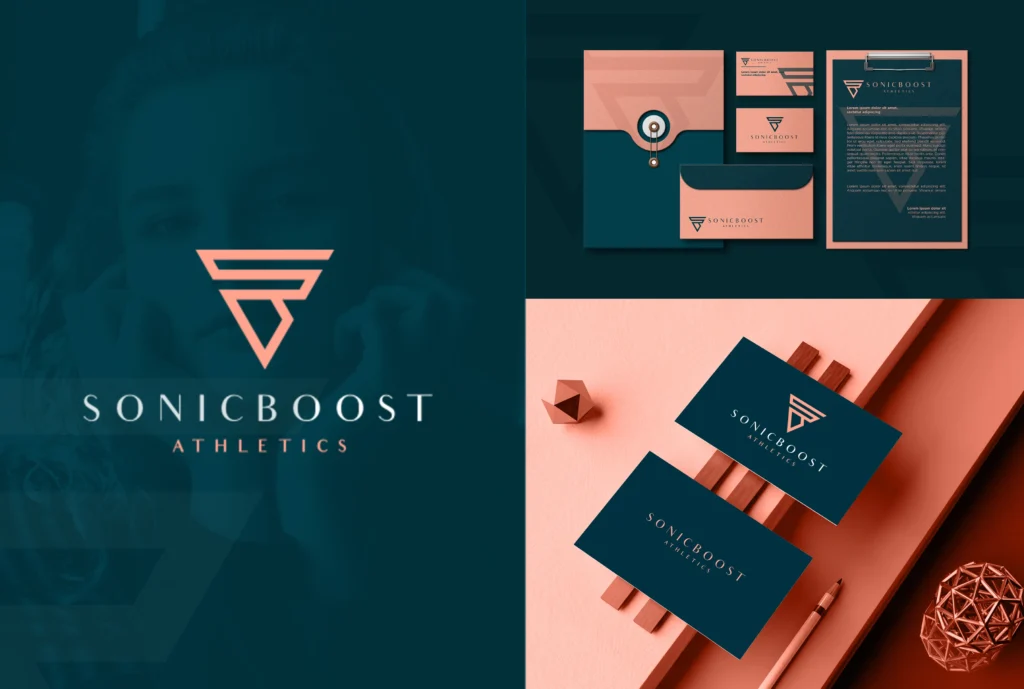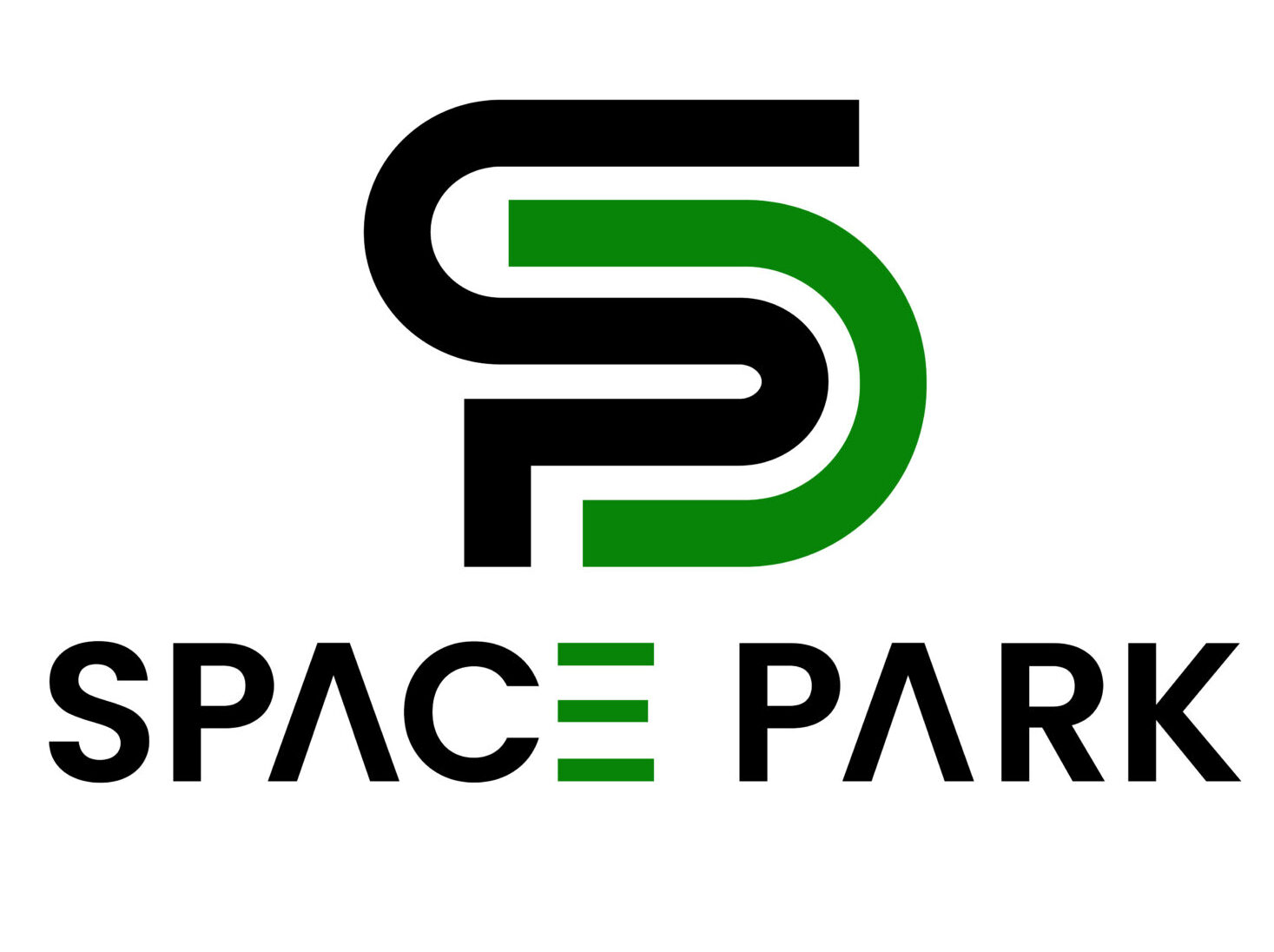In an increasingly cluttered visual world, the elegance and simplicity of minimalist logo design stand out. Clean lines, simple shapes, and limited color palettes make these logos attractive and incredibly effective, allowing them to clearly and concisely communicate a brand’s essence clearly and concisely.
Defining Minimalist Logo Design

What is Minimalist Logo Design?
Minimalist logo design is a clean aesthetic that takes the “less is more” approach. It’s about removing fancy embellishments and focusing on the essentials. This style favors bold, simple compositions with one or two colors, offering a clear and memorable brand image. Minimalist logos avoid unnecessary complications, aiming to distill a brand’s identity to its most fundamental elements.
Principles of Minimalist Design
Minimalist designs follow certain principles to achieve their clean look:
- Simplicity: The design focuses on crucial elements, avoiding clutter and distractions.
- Balance: Using negative space helps balance each logo, creating harmony and visual appeal.
- Functionality: Every element serves a purpose, contributing to the overall message. Nothing is included without reason, ensuring that each design part enhances the brand’s communication.
Historical Perspective
The minimalist movement, which dates back to the early 20th century, has roots in art and architecture. Movements like Bauhaus and De Stijl emphasized simplicity and functionality, principles that have carried over into graphic design. Over time, these ideas have profoundly influenced contemporary logo design, encouraging designers to strip away non-essential elements and focus on clarity and simplicity.
The Benefits of Minimalist Logos

Why Simple Logos Are Effective
A minimalist logo is easy to recognize and remember, making it an effective branding tool. Due to its simple design, it’s also highly scalable, meaning it retains clarity across various sizes and resolutions, from tiny social media icons to large-scale billboards. The lack of intricate details ensures that the logo remains clear and legible no matter the context.
Cost-Effective Design
Minimalist logos require fewer design elements and less production time. This style is cost-effective, making it popular among startups and small businesses. With fewer elements to design and reproduce, companies can save on both initial design costs and ongoing production expenses, such as printing and digital use.
Adaptability
Minimalist logos are highly adaptable. They can be easily modified to fit different contexts and applications, from business cards to billboards. Their straightforward design ensures that they look good in both monochrome and color, and they can be adjusted to suit different cultural contexts or marketing campaigns without losing their effectiveness.
When to Use a Minimalist Logo
Current Trends
Logo design trends are leaning heavily toward minimalism. Companies like Apple, Nike, and Google have all adopted minimalist logos, reinforcing the mantra of “less is more.” This trend reflects a broader cultural shift towards simplicity and functionality, appealing to modern consumers who appreciate clean and straightforward design.
Impactful Designs
Minimalist logos are eye-catching and memorable. They significantly impact their audience, which is why so many brands are opting for this style. The simplicity ensures that the logo can be quickly and easily understood, making it more likely to stick in consumers’ minds. This instant recognition is crucial in a crowded market.
Versatility
These logos work well across various industries, from tech startups to coffee shops. Their simplicity allows them to be versatile and effective in different settings. Whether used in digital media, print, or physical signage, minimalist logos maintain their clarity and impact, making them an ideal choice for businesses looking to create a strong and flexible brand identity.
Key Elements of a Beautiful Minimalist Logo

Creating a minimalist logo involves more than just removing unnecessary elements; it requires a thoughtful approach to design, color, and typography to convey a powerful message with simplicity.
Types of Minimalist Logos
- Icon-based: Focuses on a simple, clean icon that can instantly be associated with the brand. These icons are often geometric shapes or abstract symbols that are easily recognizable and remembered.
- Text-based: Uses typography as the main design element. This approach relies on carefully selecting fonts and arranging text to create a strong visual impact. The simplicity of text-based logos can make them highly adaptable for different uses.
- Combination: Incorporates both icons and text for a balanced look. This type of logo can provide the best of both worlds, combining the visual appeal of an icon with the clarity of text to communicate the brand’s identity effectively.
Choosing Colors
Colors play a crucial role in conveying the brand’s message. Minimalist logos often use monochromatic schemes or a limited palette, focusing on colors that convey trustworthiness, fun, and other brand attributes. The choice of color can influence perceptions and emotions, making it a critical aspect of logo design.
Font Selection
Fonts in minimalist design should be simple and clean. Choose fonts that convey emotions like seriousness, gentleness, modernity, or playfulness. The right font can enhance the logo’s overall impact, making it easier for the audience to connect with the brand. Ensuring that the font is legible and complements the overall design is important.
Designing a Minimalist Logo
Tips for Creating a Simple yet Effective Logo
- Keep it Flat: Remove 3D shapes or effects to maintain simplicity. Flat designs are easier to reproduce across different mediums and are less likely to become outdated.
- Stick to One Color: Experiment with different shades of a single color to create depth & interest without complicating the design. This approach can also maintain consistency across various branding materials.
- Remove Redundant Features: Simplify the design by removing unnecessary elements. Focus on what’s essential to communicate the brand’s message effectively.
Use of Negative Space
Utilize negative space to create images within the white space between objects. This technique adds depth and intrigue without cluttering the design. Negative space can also make the logo more versatile and memorable by providing a unique visual twist.
Balance and Proportion
Ensure your logo is balanced and well-proportioned. Use all available space effectively without overcrowding elements. A well-balanced logo will be aesthetically pleasing and adaptable to different sizes and formats.
Best Practices for Customizing and Using a Minimalist Logo
Professional Customization
With our free logo maker, you can create a professional minimalist logo in minutes. Customize your logo with colors, shapes, font style, and icon placement to match your brand identity. The customization process allows you to tailor the logo to your needs and preferences, ensuring it aligns with your brand’s vision.
Access to Logo Files
Download your minimalist logo instantly and gain access to all necessary files, including high-resolution formats suitable for print and digital use. This ensures you can use your logo across various platforms without issues, maintaining quality and consistency.
Consistent Branding
Use the same minimalist logo across all marketing materials to maintain consistency in your branding. This helps build a strong, recognizable brand image. Consistent use of your logo reinforces brand identity and ensures that your audience can easily identify your brand.
Inspiration and Examples
Real-World Applications
Many industries are currently using minimalist designs effectively, including:
- Photography: Simple camera icons or initials that convey precision and creativity.
- Tech: Clean, sleek lines representing innovation and modernity.
- Real Estate: Minimalist house icons or monograms that convey reliability and sophistication.
Popular Minimalist Logos
Explore examples of minimalist design business logos created by LOGO.com‘s AI-powered logo maker. Customize colors, designs, and graphics like mountain and line icons to find your perfect logo. These examples demonstrate how minimalist designs can be adapted to various business needs and aesthetics.
Industry Examples
See how different industries, such as restaurants, spas, fitness centers, and fashion boutiques, use minimalist logos to stand out. These examples inspire and showcase the versatility of minimalist design. They highlight how different elements, like color and typography, can be used to reflect the unique qualities of each business.
Conclusion
Minimalist logo design offers a powerful, elegant way to communicate your brand. By focusing on simplicity, balance, and functionality, you can create a logo that is both memorable and effective. Remember, every element counts. If you don’t need it, throw it away. Ready to create your minimalist logo? Head to our tool and start designing your eye-catching logo today!
Investing time designing a minimalist logo can pay off by creating a strong and lasting impression on your audience. Whether you are a startup or an established business, a well-designed minimalist logo can elevate your brand’s presence and make it stand out in a crowded marketplace.

❤️❤️❤️
Pingback: The Art of Iconic Designer Bag Logos and Their Impact on Fashion 2024
Pingback: The Art and Importance of Hat Logo Design for Brand Identity
Pingback: Barber Shop Logo Design: Create a Unique Identity
Pingback: Crafting Identity with Boutique Logo Design
Pingback: Elevate Your Brand with Graph Logo Design
Pingback: The Art of Western Logo Design: Trends, Tips, and Future Insights
Pingback: Stitching Success Mastering the Art of Embroidery Logo Design
Pingback: Equestrian Logo Design Guide | Create a Unique Brand
Pingback: Crafting the Perfect Cricket Logo Design to Elevate Your Team's Identity
Pingback: Elevate Your Brand with Metal Logos
Pingback: Crafting Timeless Brands: The Stories Famous Logo Designers
Pingback: Transform Your Team with Expert Jersey Logo Design
Pingback: How to Create Logo Design